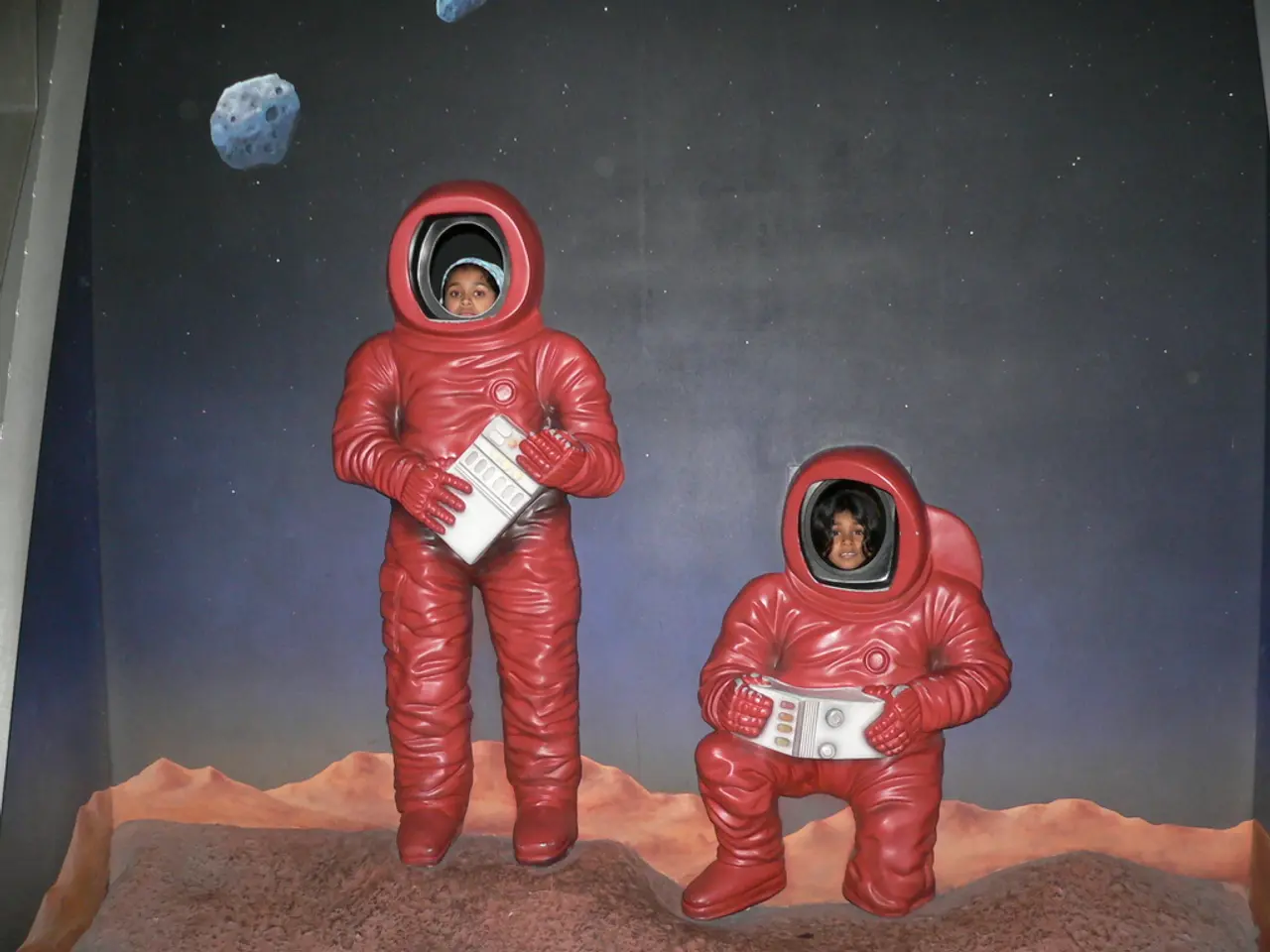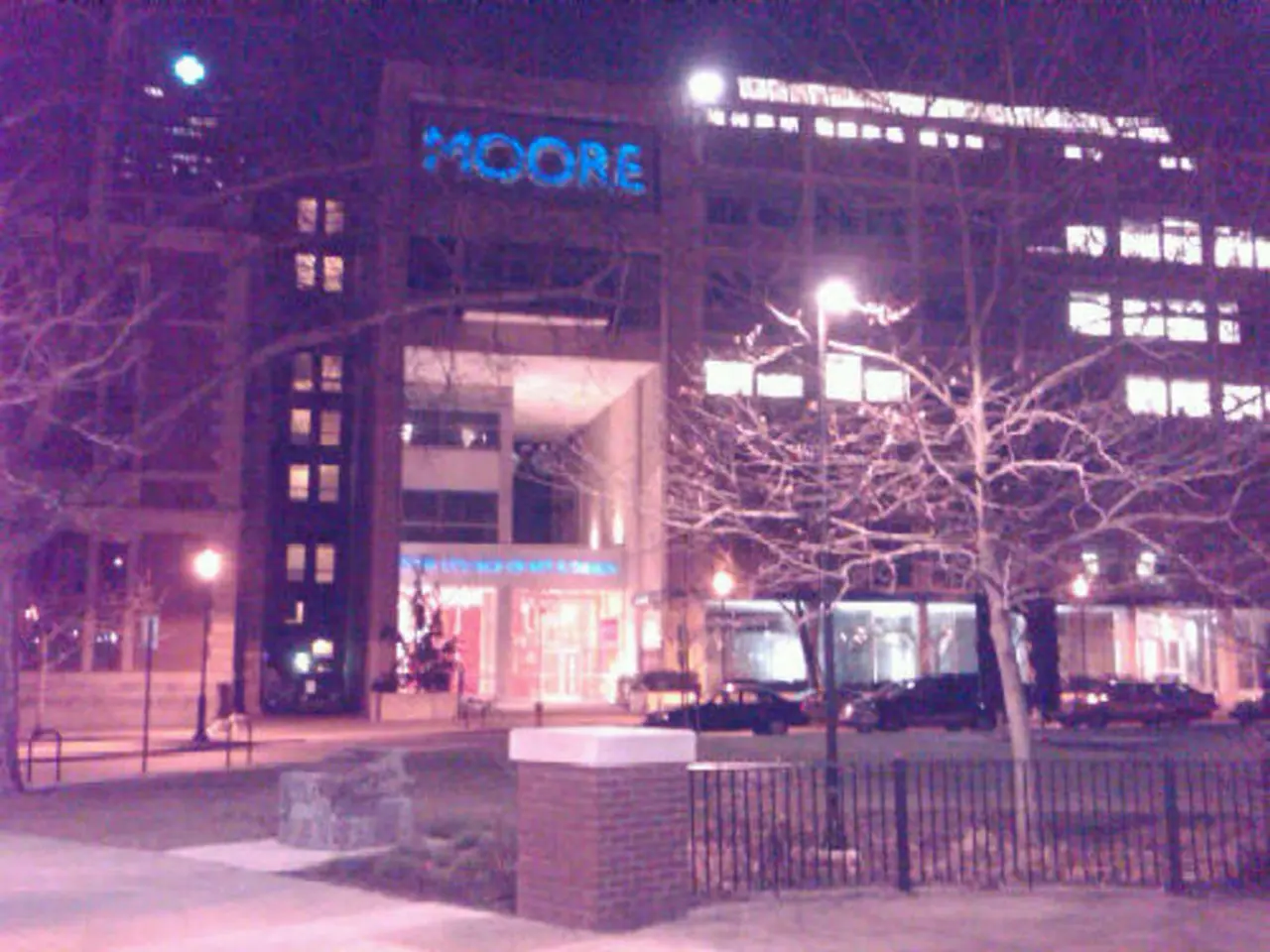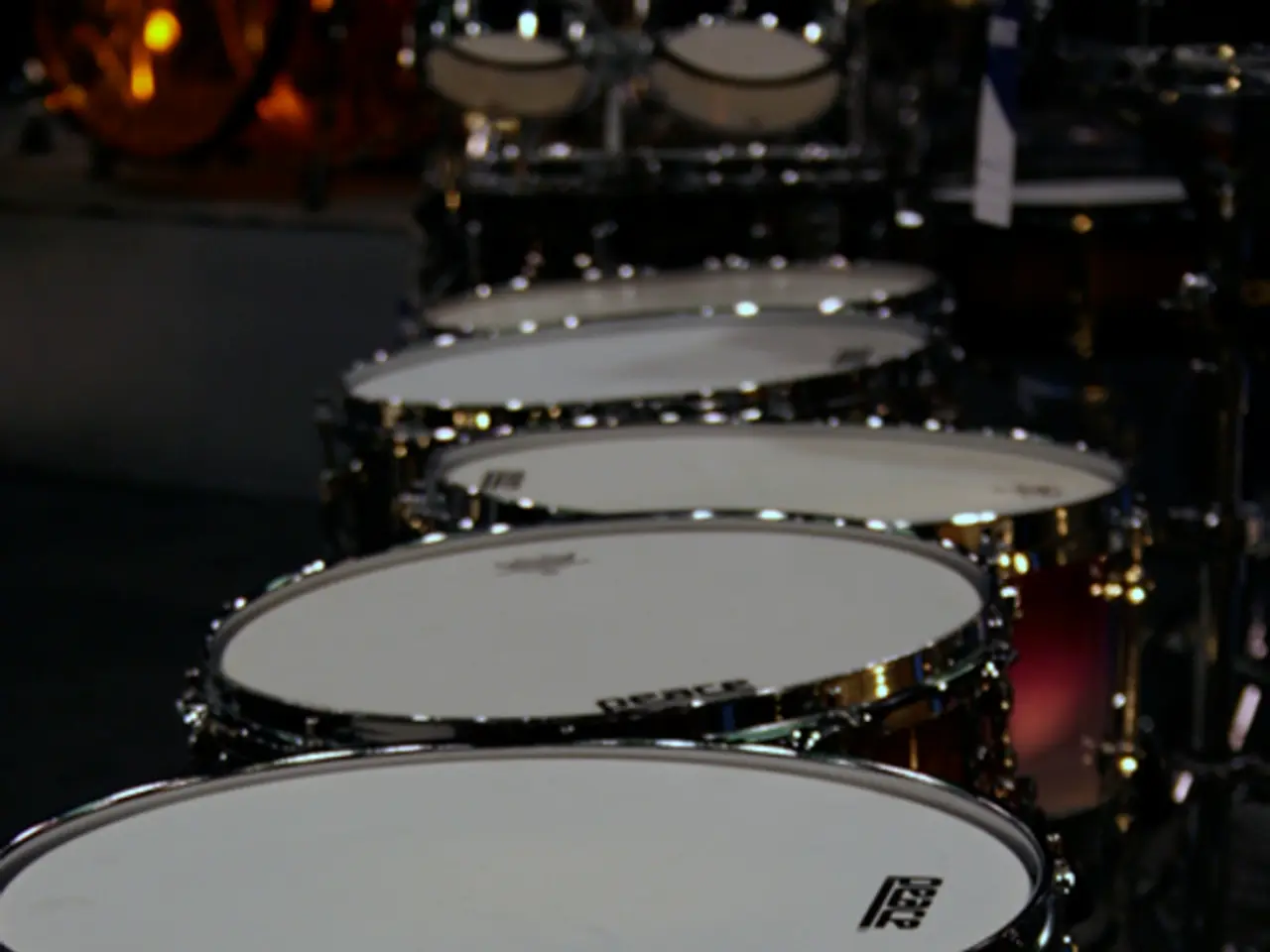Guiding Through the Clock Reaction Experiment: A Comprehensive Student's Handbook
The Clock Reaction, often demonstrated by the iodine clock reaction, is a popular experiment in chemistry education that provides a visual and engaging way to understand reaction kinetics. This experiment involves mixing reactants that produce a sudden visible color change after a certain time, allowing for the measurement of reaction rates [1][2].
To perform the Clock Reaction, you need to measure precise volumes of reactants such as sodium thiosulfate and hydrochloric acid, mix them in a flask placed over a marked black cross, and start a stopwatch, timing until the cross is obscured by the reaction’s color change [2].
The importance of the Clock Reaction lies in its ability to clearly demonstrate reaction kinetics principles. By repeating trials, maintaining precise timing, and consistent conditions, students can determine reaction rates and analyze how variables such as concentration and temperature affect these rates [1][2]. The rate is calculated as the reciprocal of the time taken for the color change (rate = 1/time) [1].
Factors affecting reaction rates in the Clock Reaction include:
- Concentration: Increasing reactant concentration generally increases rate by more frequent collisions [1][2].
- Temperature: Raising temperature speeds reactions by increasing molecular energy and collision frequency, often measured by varying bath temperatures during the experiment [1].
- Presence of catalysts or inhibitors also modify rates but are less commonly applied in educational versions of this experiment.
The Clock Reaction is a valuable tool in chemistry education as it combines hands-on experimentation with theoretical analysis. It reinforces concepts like rate equations and activation energy, thereby enhancing student engagement and comprehension of fundamental chemical kinetics [1][2].
RevisionDojo, an educational resource, offers detailed explanations of the Clock Reaction and provides step-by-step guides for lab reports and experiments. It also offers practice questions and mock tests on reaction rates to help students reinforce their understanding [3].
When conducting the Clock Reaction, it is essential to follow proper safety procedures when handling chemicals. Repeating trials for accuracy is crucial, and maintaining precise timing and consistent conditions is essential [4].
In conclusion, the Clock Reaction is an effective and engaging way to understand reaction kinetics. By understanding how variables such as concentration and temperature affect reaction rates, students can gain a deeper understanding of this fundamental concept in chemistry [1][2].
References: [1] RevisionDojo. (n.d.). Clock Reaction. Retrieved from https://www.revisiondojo.com/chemistry/clock-reaction [2] Khan Academy. (n.d.). Clock Reaction. Retrieved from https://www.khanacademy.org/science/high-school-chemistry/chemical-reactions-and-equilibria/rates-of-reaction/a/clock-reaction [3] RevisionDojo. (n.d.). Practice Questions and Mock Tests on Reaction Rates. Retrieved from https://www.revisiondojo.com/chemistry/practice-questions-and-mock-tests-on-reaction-rates [4] American Chemical Society. (n.d.). Safety Guidelines for the Clock Reaction. Retrieved from https://www.acs.org/content/acs/en/education/resources/highschool/chemistry/laboratory/safety/safety-guidelines-for-the-clock-reaction.html
To enhance your understanding of reaction kinetics in health-and-wellness contexts, which may have implications for therapies-and-treatments, you can delve deeper into the principles demonstrated by the Clock Reaction through practice questions on RevisionDojo's educational platform. [3]
Engaging in the practice questions will help you strengthen your analytical skills and apply the concepts of reaction rates and their variables, such as concentration and temperature, to real-world scenarios that showcase the importance of scientific understanding in promoting health and wellness. [1][2]




